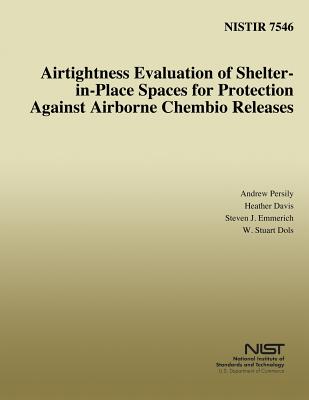You are here
Back to topAirtightness Evaluation of Shelter-in-Place Spaces for Protection Against Airborne Chembio Releases (Paperback)
$18.69
Usually Ships in 1-5 Days
(This item cannot be returned.)
(This item cannot be returned.)
Description
Due to concerns about potential airborne chemical and biological releases in or near buildings, building owners and managers and other decision makers are faced with a number of options for increasing their building's level of protection against such events. Among the various technologies and approaches being proposed and implemented is shelter-in-place (SIP). SIP strategies involve having the building occupants stay in the building, generally in a space designated for such sheltering, until the event is over and the outdoor contaminant levels have decreased. While much guidance is available on the implementation of SIP in buildings, important technical issues remain about the degree of protection provided by a particular space and the factors in determining the level of protection. In particular, many recommendations suggest tightening the walls of SIP spaces, but there has been insufficient analysis of the relationship between shelter tightness and the protection provided by the SIP space. In order to address some of these questions, the National Institute of Standards and Technology (NIST) has undertaken a project to develop and demonstrate evaluation methods to relate shelter airtightness to the performance of shelter-in-place approaches for airborne chemical, biological and radiological (CBR) protection of building occupants. The focus of this effort is on short term sheltering, on the order of hours, rather than longer term sheltering which generally employ filtration and air cleaning equipment to supply clean air to the occupants of the space. This project has consisted of the following tasks: a literature review of SIP strategies and performance issues; development of a study plan for testing SIP airtightness evaluation methods; implementation of the study plan through a combination of experiments and simulations; and, finally, development of recommendations on SIP evaluation and possible performance criteria for candidate SIP spaces.
